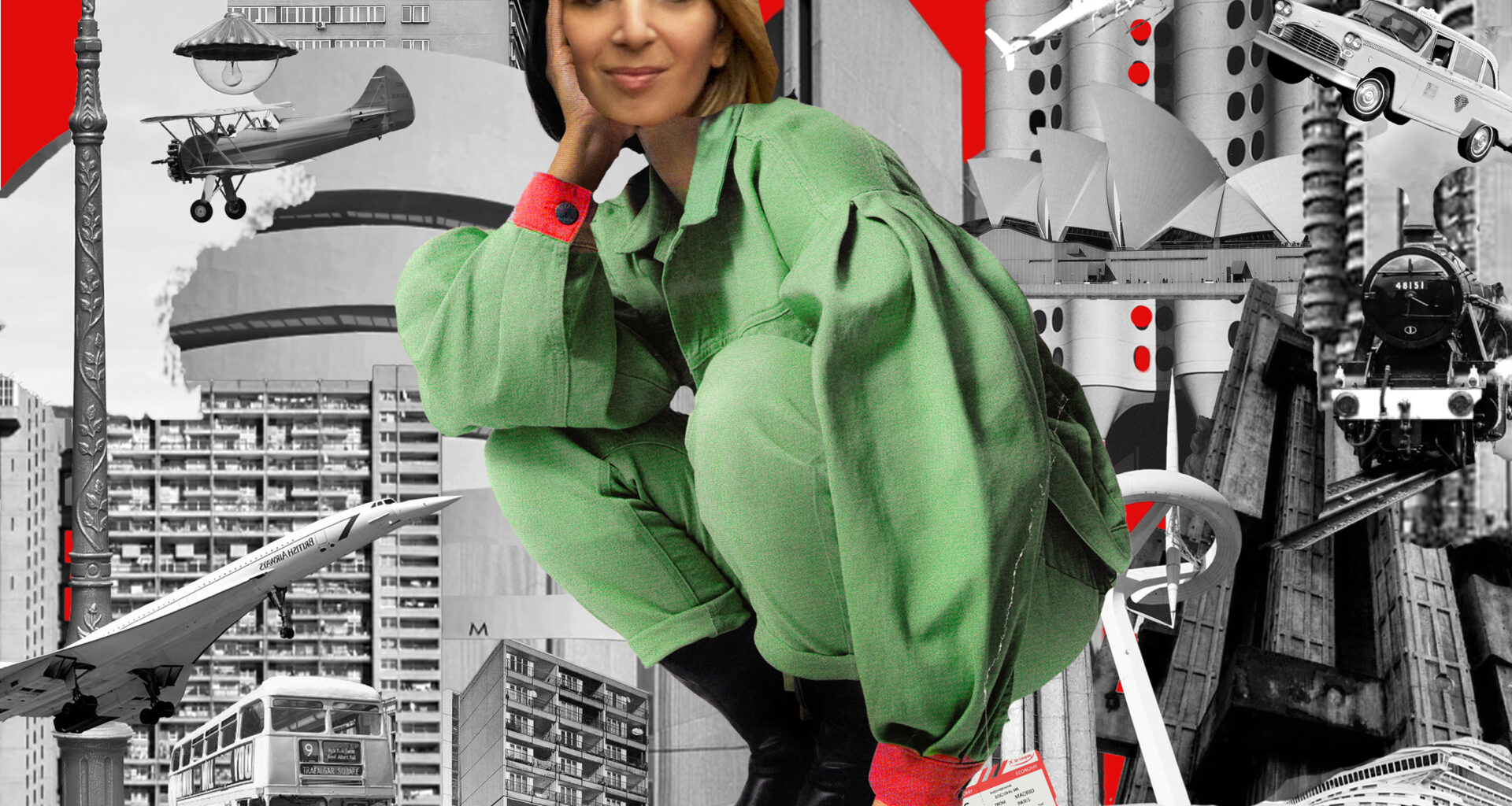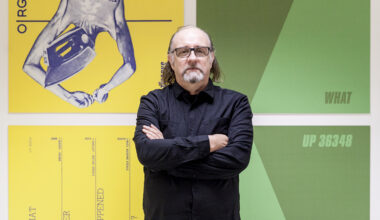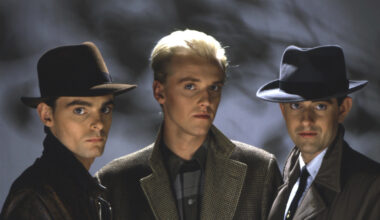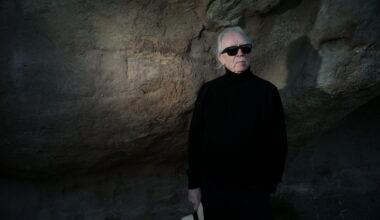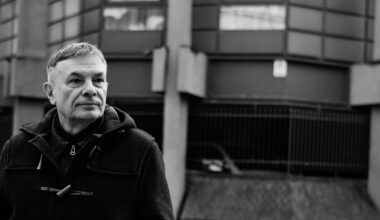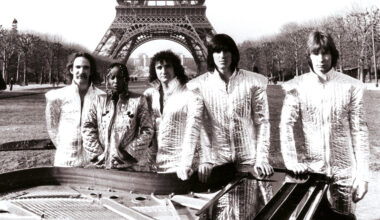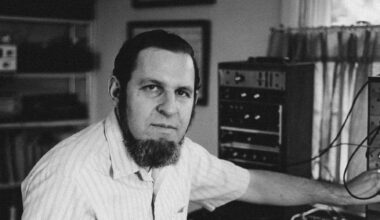Chopping, slicing, cutting and pasting – in both the digital and the analogue worlds – Mira Calix immersed herself in the history of collage for her album, ‘Absent Origin’
Want to read more?
Sign up to Electronic Sound Premium to gain access to every post, video, special offers, and more. 100%, all you can eat, no commitment, cancel any time.
Already a premium member? Log in here
